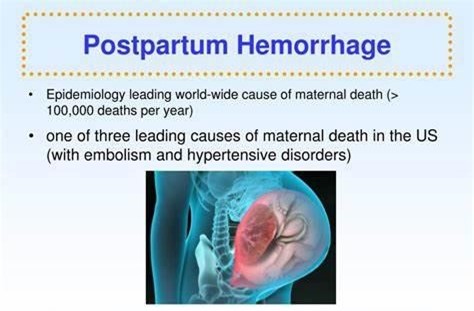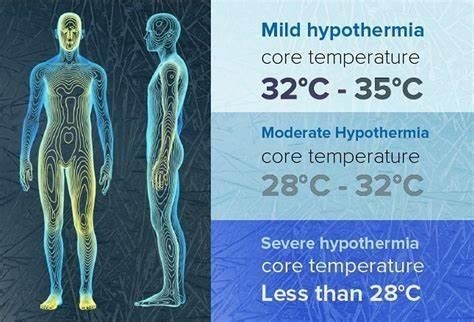What is the only known cure for preeclampsia?
Administration of acetylsalicylic acid (ASA) every day of the pregnancy
Delivery of the fetus
Antihypertensive medications
Magnesium sulfate
The Correct Answer is B
Choice A: This is incorrect because acetylsalicylic acid (ASA), also known as aspirin, is not a cure for preeclampsia, but a preventive measure. ASA may reduce the risk of preeclampsia in some high-risk women by inhibiting platelet aggregation and improving blood flow to the placenta. However, ASA is not recommended for all pregnant women, as it may have adverse effects on the mother and the fetus, such as bleeding, premature closure of the ductus arteriosus, or fetal growth restriction.
Choice B: This is the correct answer because delivery of the fetus is the only definitive treatment for preeclampsia, as it eliminates the source of the placental factors that cause the condition. Preeclampsia is a multisystem disorder characterized by hypertension, proteinuria, and edema that occurs after 20 weeks of gestation. It is caused by abnormal placentation and endothelial dysfunction that lead to vasoconstriction, inflammation, and coagulation.
Delivery of the fetus and the placenta resolves these abnormalities and restores normal maternal physiology.
Choice C: This is incorrect because antihypertensive medications are not a cure for preeclampsia, but a symptomatic management. Antihypertensive medications may lower the blood pressure and reduce the risk of maternal complications, such as stroke, seizure, or organ damage. However, antihypertensive medications do not address the underlying cause of preeclampsia and do not improve fetal outcomes. Moreover, some antihypertensive medications are contraindicated in pregnancy due to their teratogenic effects.
Choice D: This is incorrect because magnesium sulfate is not a cure for preeclampsia, but a prophylaxis for eclampsia. Eclampsia is a severe complication of preeclampsia that involves seizures and coma. Magnesium sulfate is an anticonvulsant that prevents or treats eclamptic seizures by stabilizing neuronal membranes and reducing cerebral edema. However, magnesium sulfate does not lower blood pressure or improve renal function in preeclamptic women. It also has side effects such as nausea, flushing, headache, or respiratory depression.

Nursing Test Bank
Naxlex Comprehensive Predictor Exams
Related Questions
Correct Answer is D
Explanation
Choice a) Urine output of 200 mL for the past 8 hours is incorrect because this is a normal finding for a postpartum woman. The average urine output for a healthy adult is about 800 to 2000 mL per day, which means about 100 to 250 mL per hour. Therefore, a urine output of 200 mL for the past 8 hours is within the normal range and does not indicate any complications.
Choice b) Weight decrease of 2 pounds since delivery is incorrect because this is also a normal finding for a postpartum woman. The weight loss is due to the expulsion of the placenta, amniotic fluid, and blood during delivery. A postpartum woman can expect to lose about 10 to 12 pounds immediately after giving birth, and another 5 pounds in the following weeks due to fluid loss. Therefore, a weight decrease of 2 pounds since delivery is not a cause for concern and does not need to be reported to the obstetrician.
Choice c) Pulse rate of 65 beats per minute is incorrect because this is also a normal finding for a postpartum woman. The normal resting pulse rate for an adult ranges from 60 to 100 beats per minute, and it may decrease slightly after delivery due to blood loss and reduced cardiac output. Therefore, a pulse rate of 65 beats per minute is not indicative of any problems and does not require any intervention.
Choice d) Drop in hematocrit of 6% since admission is correct because this is an abnormal finding for a postpartum woman and suggests that she has developed anemia due to excessive blood loss. Hematocrit is the percentage of red blood cells in the blood, and it reflects the oxygen-carrying capacity of the blood. The normal hematocrit range for an adult female is 37% to 47%, and it may decrease slightly after delivery due to hemodilution. However, a drop in hematocrit of more than 10% from the baseline or below 30% indicates severe anemia and requires immediate treatment. Therefore, a drop in hematocrit of 6% since admission is a significant change that should be reported to the obstetrician as soon as possible.

Correct Answer is D
Explanation
Choice A) Decreased metabolic rate is incorrect because this is not a result of hypothermia in the newborn, but rather a cause of it. Metabolic rate is the speed at which the body uses energy to perform its functions. Newborns have a high metabolic rate, which helps them to maintain a normal body temperature of 36.5°C to 37.5°C (97.7°F to 99.5°F). However, some factors can lower the metabolic rate of newborns, such as prematurity, low birth weight, infection, or hypoglycemia. A low metabolic rate can make the newborn more susceptible to heat loss and hypothermia, which is a condition that occurs when the body temperature drops below 36°C (96.8°F). Therefore, this response is inaccurate and misleading.
Choice B) Decreased oxygen demands is incorrect because this is not a result of hypothermia in the newborn, but rather a consequence of it. Oxygen demand is the amount of oxygen that the body needs to function properly.
Newborns have a high oxygen demand, which helps them to support their growth and development. However, some factors can decrease the oxygen demand of newborns, such as hypothermia, sedation, or asphyxia. A low oxygen demand can impair the oxygen delivery and utilization by the tissues and organs, leading to hypoxia, acidosis, or organ failure. Therefore, this response is irrelevant and inaccurate.
Choice C) Shivering to generate heat is incorrect because this is not a result of hypothermia in the newborn, but rather a mechanism that is absent in them. Shivering is an involuntary contraction of the muscles that produces heat and raises the body temperature. It is a common response to cold exposure in adults and older children, but not in newborns. Newborns do not have the ability to shiver, as their muscles are immature and lack glycogen stores.
Instead, they rely on other methods to generate heat, such as non-shivering thermogenesis, which involves burning brown fat in certain areas of the body. Therefore, this response is irrelevant and inaccurate.
Choice D) Increased glucose demands is correct because this is a result of hypothermia in the newborn that can cause complications. Glucose demand is the amount of glucose that the body needs to produce energy and maintain its functions. Newborns have a high glucose demand, which helps them to support their metabolic rate and thermoregulation. However, some factors can increase the glucose demand of newborns, such as hypothermia, stress, or infection. A high glucose demand can deplete the glucose stores and cause hypoglycemia, which is a low level of glucose in the blood that can lead to seizures, brain damage, or death. Therefore, this response is clear and accurate.

Whether you are a student looking to ace your exams or a practicing nurse seeking to enhance your expertise , our nursing education contents will empower you with the confidence and competence to make a difference in the lives of patients and become a respected leader in the healthcare field.
Visit Naxlex, invest in your future and unlock endless possibilities with our unparalleled nursing education contents today
Report Wrong Answer on the Current Question
Do you disagree with the answer? If yes, what is your expected answer? Explain.
Kindly be descriptive with the issue you are facing.
